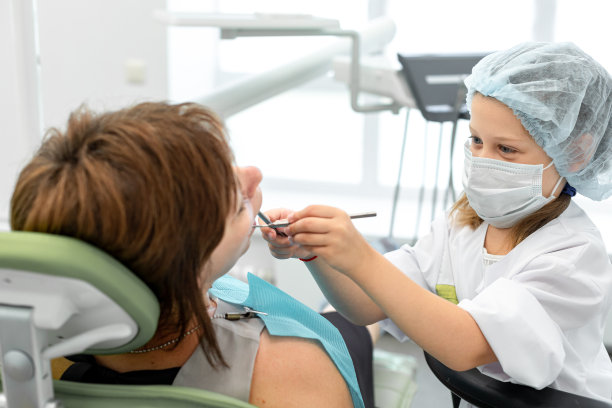Navigating the Experience of Extracting a Tooth Understanding the Process and Aftercare for Optimal Recovery
Summary: Extracting a tooth can be a daunting experience, but understanding the process and aftercare can transform it into a manageable journey. This article delves into four key aspects of tooth extraction: the preparation for the procedure, the actual extraction process, the crucial aftercare strategies, and the expected recovery timeline. By familiarizing yourself with these components, you can approach your dental procedure with confidence. Effective aftercare is paramount for optimal recovery. In this guide, we aim to educate and empower individuals facing tooth extraction, ensuring a smoother transition through each stage. Whether it’s your first extraction or you’re revisiting this process, weve compiled essential insights to support your recovery and overall dental health.
1. Preparing for a Tooth Extraction Procedure

The journey towards a tooth extraction begins long before you enter the dentist’s chair. Preparation is essential for a smooth experience. Consulting with your dentist generally involves a thorough evaluation of your mouth through X-rays or other imaging tools. This comprehensive assessment helps in understanding the tooth’s root structure and any potential complications related to your unique dental anatomy.
In the days leading up to the extraction, it’s essential to follow your dentists instructions, which may involve avoiding certain medications, especially blood thinners. Preparing for the aftercare is also critical; arranging for a friend or family member to accompany you is recommended, especially if the procedure involves sedation.
Finally, mentally preparing for the procedure can ease anxiety. Techniques such as deep breathing or visualization can be beneficial. Familiarizing yourself with the procedure can minimize fear, making the journey much more manageable.
2. Understanding the Tooth Extraction Process
On the day of the extraction, understanding what to expect can significantly aid in reducing anxiety. The procedure typically begins with the administration of anesthesia, ensuring you feel little to no pain during the extraction. Depending on your anxiety levels, your dentist may offer sedation options to make the experience more comfortable.
Following anesthesia, the extraction process involves the dentist gently loosening the tooth from its socket using specialized dental instruments. In some cases, a tooth may not come out easily, leading to a surgical extraction, where an incision is made in the gum tissue.
The process generally doesn’t take long, but the dentist may provide step-by-step updates to ensure you feel safe and informed. After the procedure, gauze will be placed over the extraction site to control bleeding and promote clotting.
3. Essential Aftercare Strategies for Recovery
Post-extraction care is vital to ensure optimal healing. Immediately after the procedure, bite down on the gauze to minimize bleeding, changing it as necessary. For the first 24 hours, avoid rinsing your mouth, spitting, or using straws, as these actions can dislodge the blood clot that forms in the socket.
Pain management is another essential aspect. Over-the-counter pain relief, as recommended by your dentist, can help alleviate discomfort. Ice packs applied to the outside of your cheek can also reduce swelling and pain in the first few hours following the extraction.
Avoiding certain foods post-surgery is crucial; stick to soft foods and ensure they are not hot to prevent irritation of the extraction site. Gradually reintroducing regular foods as healing progresses is recommended. Staying hydrated is also important but do so without using straws.
4. Recovery Timeline: What to Expect
The recovery timeline can vary greatly among individuals, influenced by factors such as the extent of the extraction and personal health. Generally, the first 24 hours are the most critical, requiring strict adherence to aftercare instructions. Many patients experience swelling and discomfort that peak around 48 hours.
After the initial phase, you may start to feel relief, and the swelling should gradually decrease. By the end of the first week, most people can return to their normal activities, but it’s advisable to continue gentle care for your mouth.
Complete healing of the extraction site can take several weeks, so it’s important to monitor your recovery and attend any follow-up appointments scheduled by your dentist. If you experience increasing pain, prolonged bleeding, or signs of infection, reach out to your dentist promptly for evaluation.
Summary:
The experience of tooth extraction—preparation, the procedure itself, vital aftercare, and recovery timelines—can significantly influence recovery outcomes. Equipped with knowledge and support, individuals can navigate through this experience with greater ease. By understanding each step, you can alleviate fears and promote healing post-extraction.
This article is compiled by Vickong Dental and the content is for reference only.


